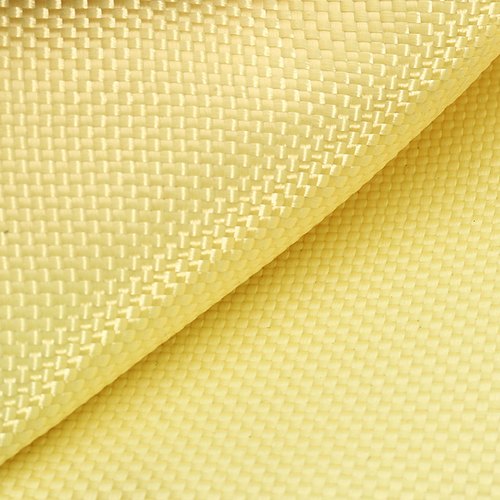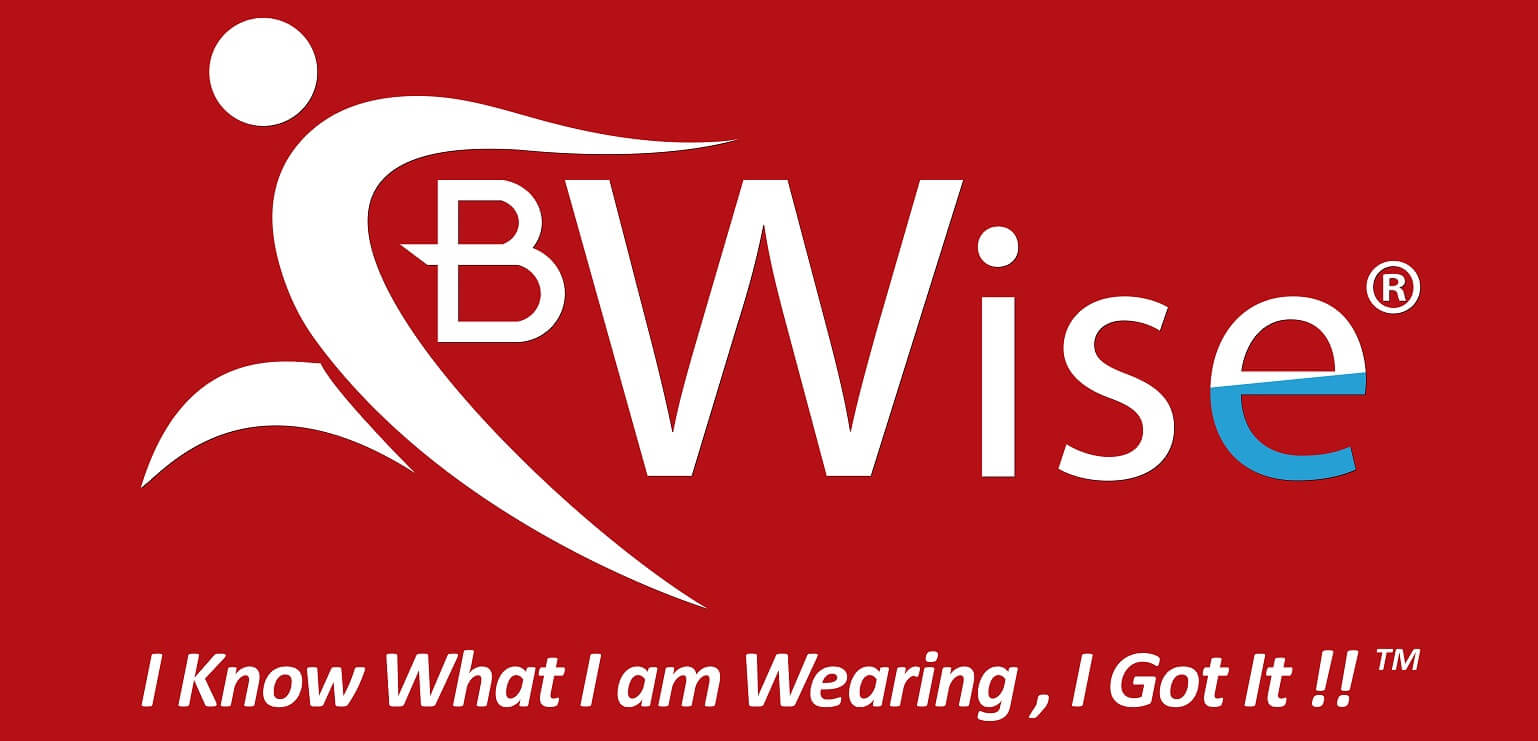
COTTON
Organic Cotton
Chemical Free, Non-Hazardous fibre, label of organic cotton
Supima Cotton
Long length Cotton, light weight, good aesthetic looks, label
Giza Cotton
Egyptian cotton, Light weight, good aesthetic looks, label
- How to identify – Creases easily, bit cold feel, Cool to touch, soft, inelastic.
- Merits – Natural, non-toxic, biodegradable, comfortable to wear
- Demerits – Creases, pilling, wear and tear, colour fading
- Lab Identification – Dissolves in Acid, burns readily smelling like burning hair
WOOL
Merino Wool
Chemical Free, Non-Hazardous fibre, label of organic cotton
Cashmere Wool
Long length Cotton, light weight, good aesthetic looks, label
Mohair Wool
Egyptian cotton, Light weight, good aesthetic looks, label
Angora Wool
Made from Angora Rabit
- How to identify – Feels warmth, crispy, rough surface, antistatic charge.
- Merits – Good for Cold weather, absorb moisture and evaporates slowly
- Demerits – Costly, Feel crispy, rough, Needs extra cleaning (Dry Clean)
- Lab Identification – On Burning, the smell is like burning hair. Gives easily crushable black beads
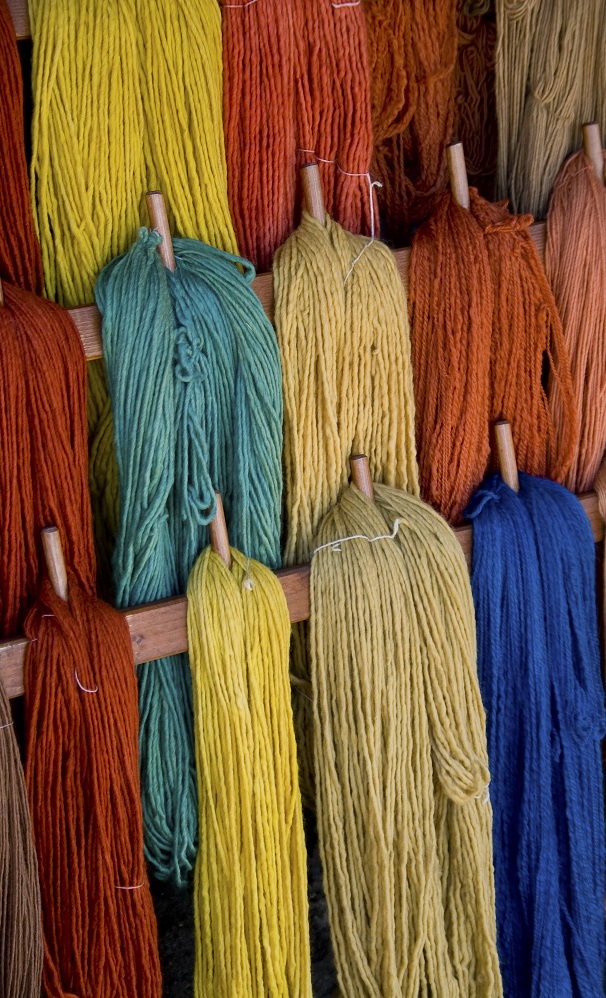
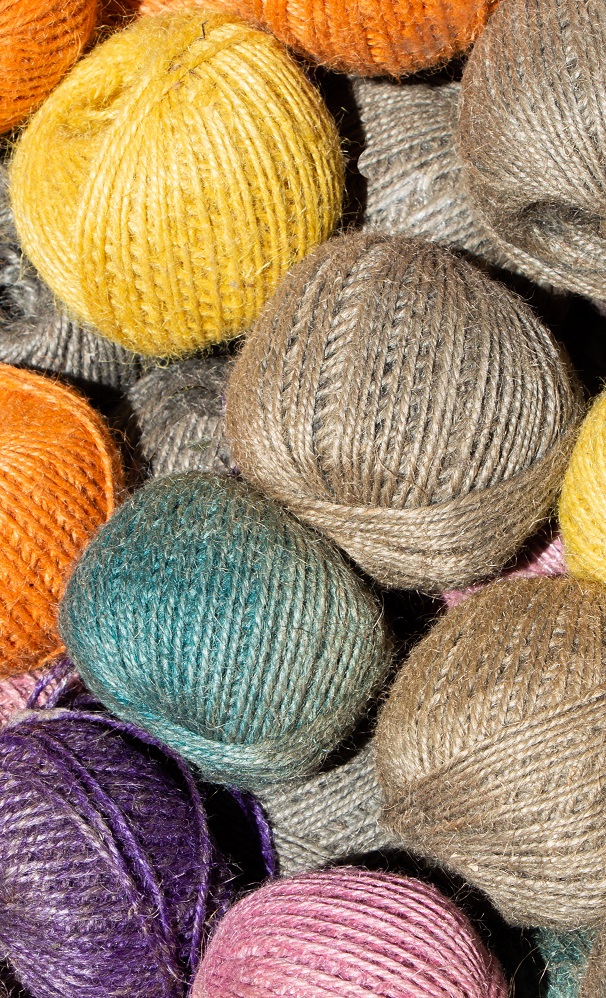
ACRYLIC (ARTIFICIAL WOOL)
Acrylic yarns are similar to cotton and wool yarns in appearance. It’s made to look like natural fibres like wool or cotton, but at a lesser cost and in larger quantities. The fibres themselves are the most significant distinction between acrylic and natural yarns.
- How to identify – Sticks/ tingles to fingers while touching, warmth but smooth feel than wool.
- Merits – Cheaper, no/less wrinkles
- Demerits – Clingy and bit harder than real wool
- Lab Identification – On Burning, it melts smelling like chemical rather than turning to ash like wool.
SILK
Mulberry Silk
Obtained from Bombyx silkworm
Tasar/ Tusaah Silk
Obtained from Tusaah silkworm
Spider Silk
Obtained from spiders
Artificial Silk/ Rayon
Main difference is if print pattern is applied on rayon, then backside of saree will be plain whereas in pure silk it will be fuzzy pattern. Art silk garments shall be cheaper than pure silk. Eco-friendly however wrinkles easily and fades when exposed to sunlight
- How to identify – Smooth and light. Can pass through a ring.
- Merits – Soft, Aesthetic, Easy to clean, drapes well, High absorption and quick-drying, warm in winter, cool in summer
- Demerits – Wrinkles, Dry Cleaning, Turns yellow with age
- Lab Identification – Burns like burning paper, Soluble in 70% Cold sulphuric acid. / Soluble in 5% NaOH
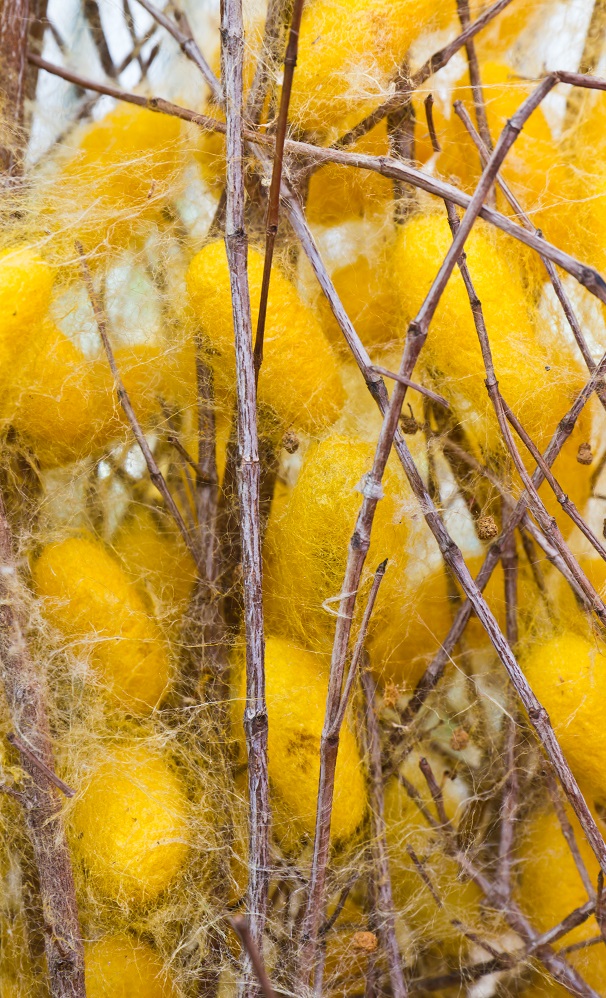
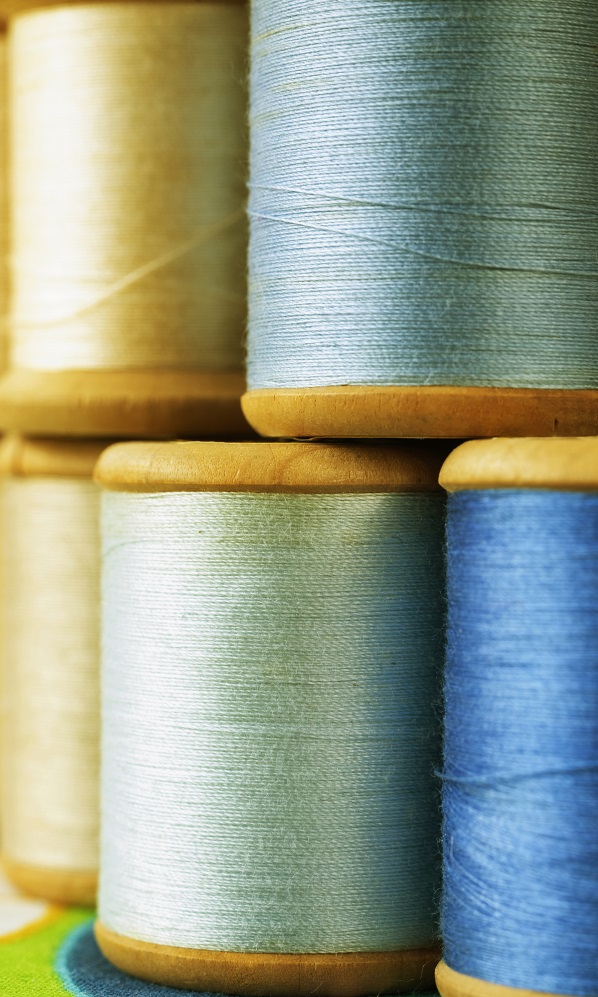
POLYESTER
Polyester is a synthetic fabric made mostly from petroleum. This fabric is one of the most widely used fabrics in the world, with thousands of consumer and industrial applications.
- How to identify – Warm feel, lightweight, shiny.
- Merits – Less wear and tear, dries quickly, lightweight, no wrinkles, Cheaper in cost
- Demerits – Less moisture absorption, can lead to skin allergy, sticks to the skin while sweating causing irritation, high shrinkage
- Lab Identification – Drips on Burning, Melts slowly giving tough bead, Dissolves in ortho-chlorophenol at room temperature.
NYLON
Nylon 6
Nylon 6 is a highly elastic fiber in that it will recover its original dimensions after being deformed by the application of a stress.
Nylon 66
Nylon 66 fiber is a member of the large group of polycondensation products of dicarboxylic acids and diamines with fiber forming properties.
- How to identify – Smooth and light. Can pass through a ring.
- Merits – Lightweight, easy to wash, wrinkle-free.
- Demerits – Pilling, Static Charge, Low Absorption.
- Lab Identification – Burning same as Polyester, soluble in formic acid (85%) and m-cresol
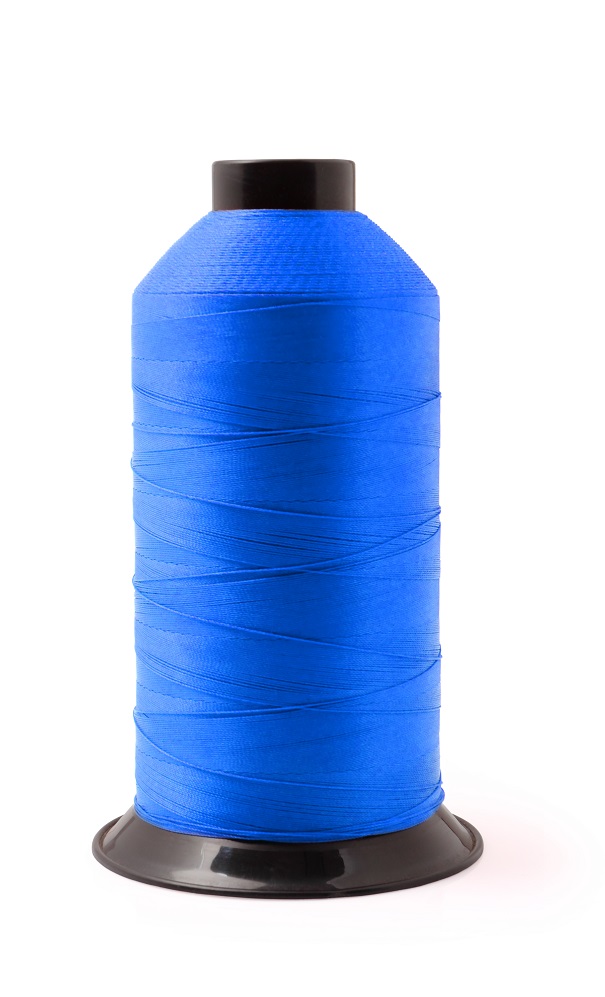

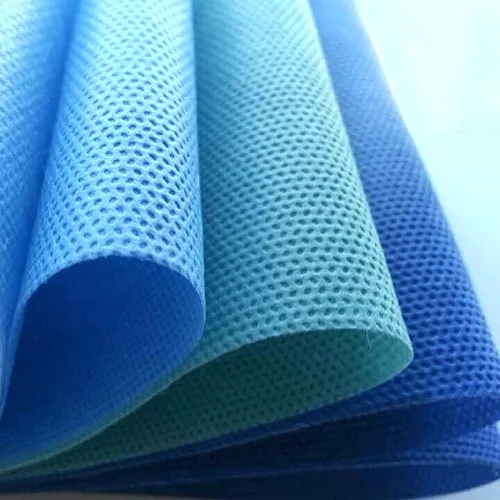
POLY PROPYLENE
Polypropylene Fabric is a modern textile used for upholstery, industrial, and manufacturing applications. It’s soft, lightfast, and easy to clean because polypropylene has no active dye sites. It’s also super strong and can be cleaned with bleach; even with dark colors.
- How to identify – Light weight, no moisture absorption, can float on water
- Merits – Lightweight, easy to wash, Excellent moisture transportation
- Demerits – Pilling, Static Charge, Low Absorption
- Lab Identification – Burning same as Polyester, Soluble in formic acid (85%) and m-cresol
LEATHER
Leather is a natural fabric made using tanned animal skin. Believed to be the first fabric crafted with human hands, leather has evolved significantly over the millennia. Leather remains, however, one of the most desirable textile products due to its durability, water-resistance, insulative properties, and luxurious softness.
- How to identify – Natural leather has irregular edges, distinct smell, feels smooth non plastic texture, inconsistent pores
- Merits – Durable than artificial leather/foam, Aesthetics,
- Demerits – Shows stretch marks on stretching on ageing, high price, need care
- Lab Identification –
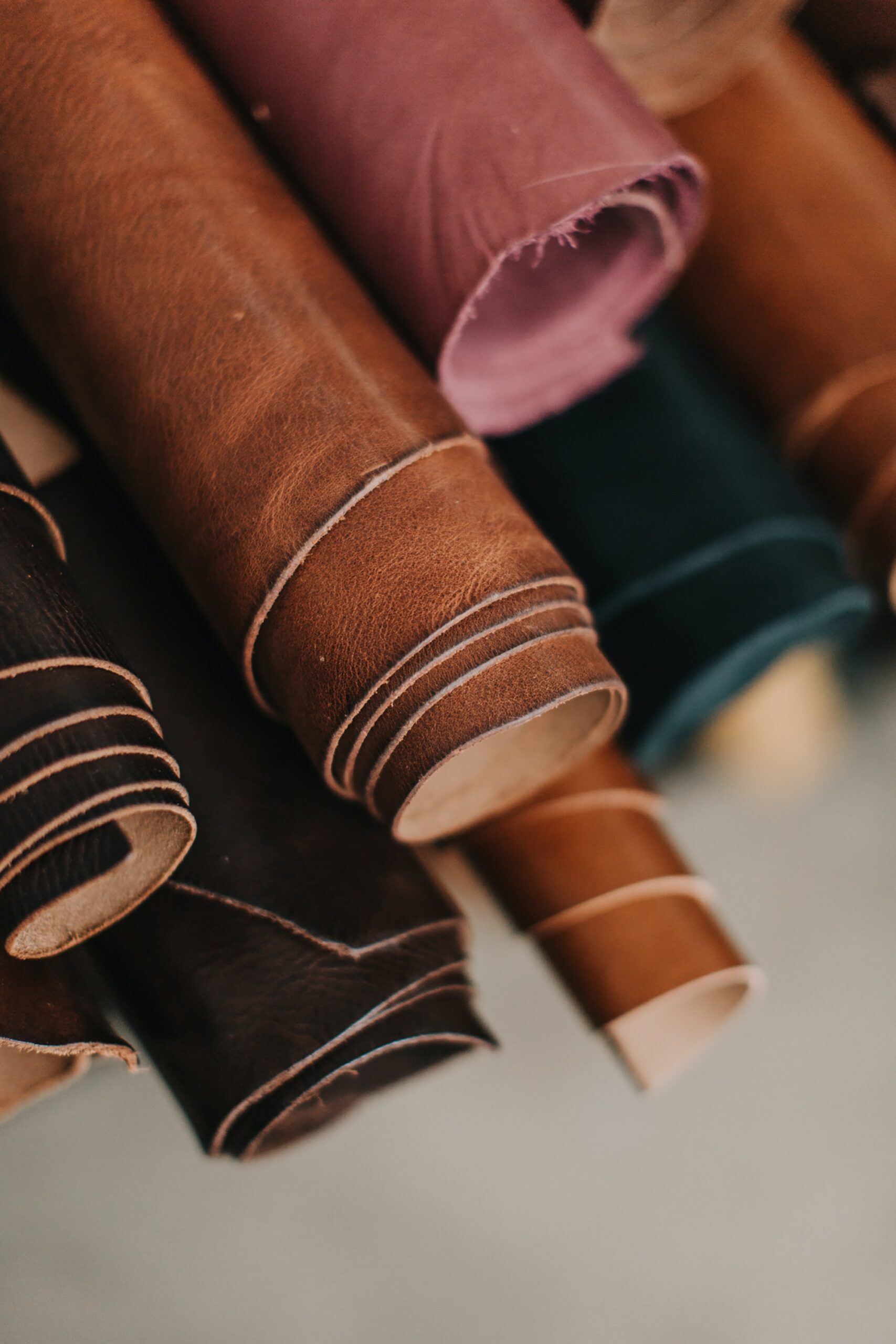
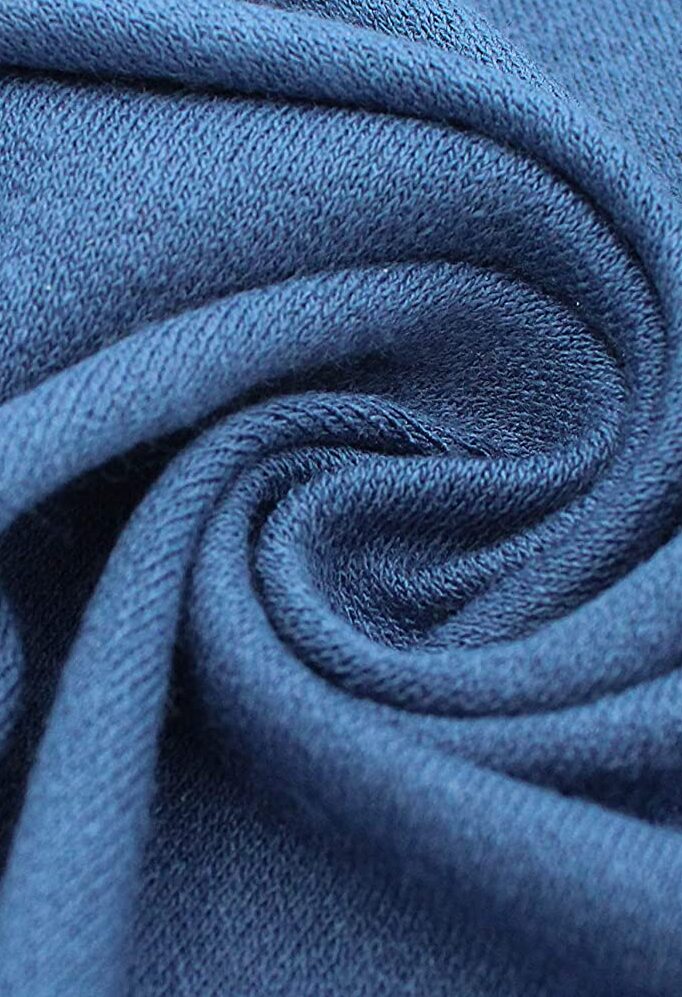
VISCOSE
Viscose is a semi-synthetic type of rayon fabric made from wood pulp that is used as a silk substitute, as it has a similar drape and smooth feel to the luxury material. The term “viscose” refers specifically to the solution of wood pulp that is turned into the fabric.
Modal – Stretched viscose, lighter, durable and finer than regular viscose
Lyocell – Similar to viscose and modal and viscose but routed through different process
- How to identify – Smooth, Light weight, durable
- Merits – Breathable, Drapes well, absorbent.
- Demerits – Low strength when wet, can shrink, wrinkles easily
- Lab Identification – Burning same as Cotton, dissolves in sodium zincate solution
LINEN
Linen is a textile made from the fibers of the flax plant.
- How to identify – Cold to touch and leathery, crispy feel. Put a drop on finger and place it on fabric, if it transfers immediately then linen, if transfers slowly then other fabric.
- Merits – Keeps cool, easy to wash & clean, Longer life,
- Demerits – Expensive, can loose charm if washed with Hard water
- Lab Identification –
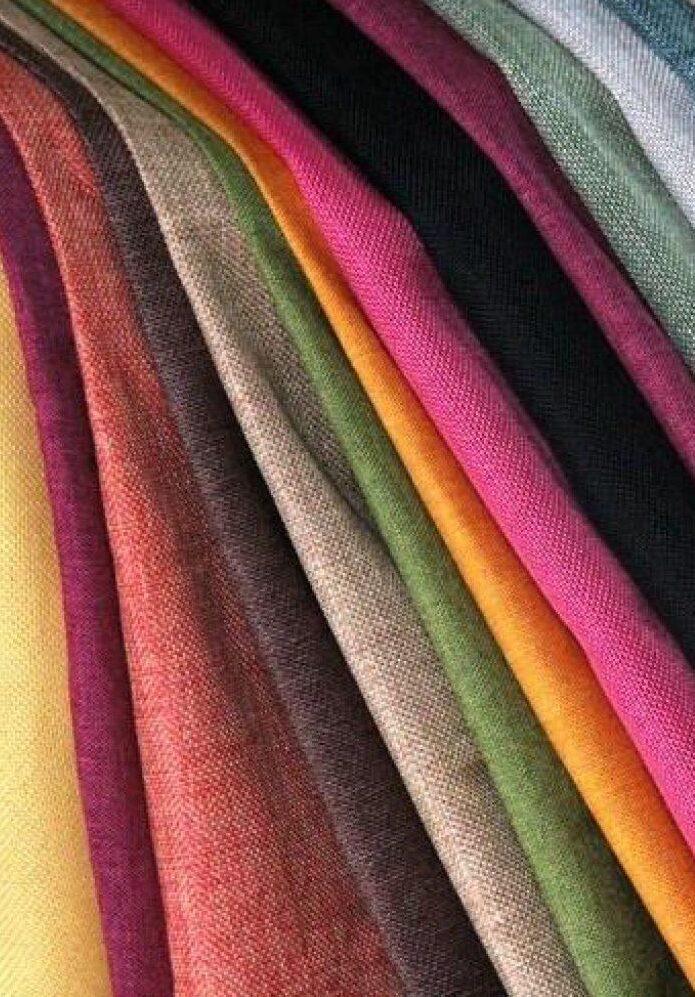
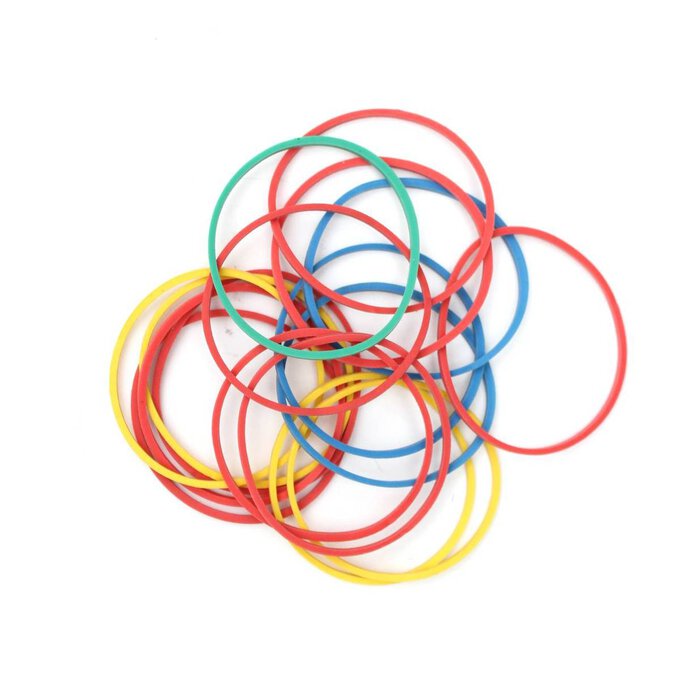
RUBBER
Polyester is a synthetic fabric made mostly from petroleum. This fabric is one of the most widely used fabrics in the world, with thousands of consumer and industrial applications.
- How to identify – Bit Harsh, clingy feel than Spandex
- Merits – NA
- Demerits – Changes dimensions and becomes sticky over time, put marks on skin, add weight in fabric
- Lab Identification –
ARAMID
Para Aramid
High tensile strength and Modulus fabrics (Ballistic Protections, race cars interior fabrics, protective gloves, hoses
Meta Aramid
High temp, abrasion, chemical degradation resistant fabrics (electrical insulation, protective clothing, fire fighters’ suit)
